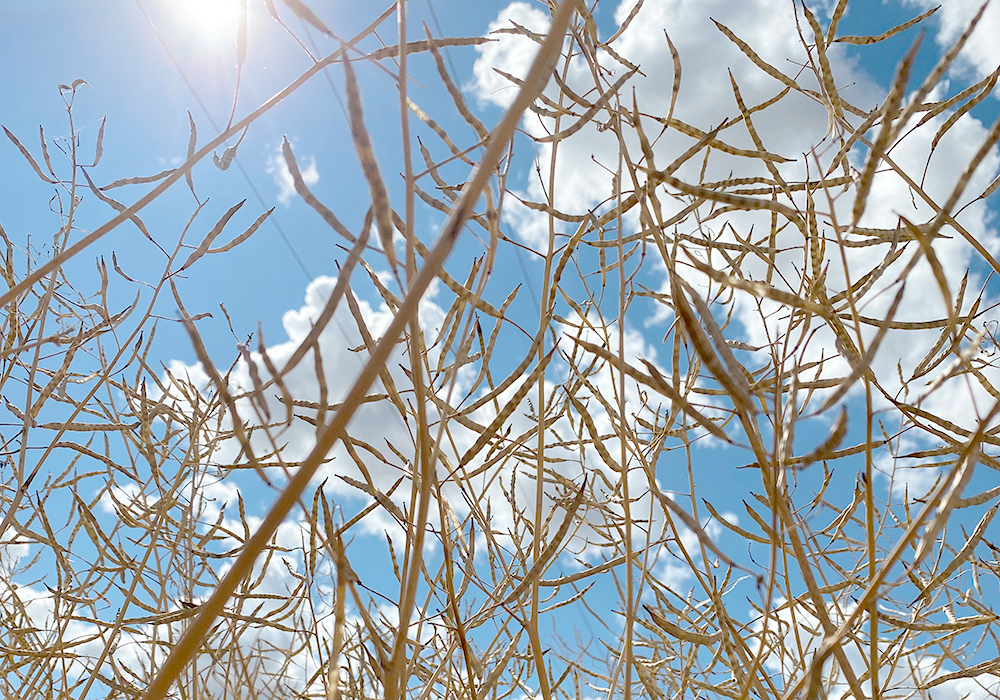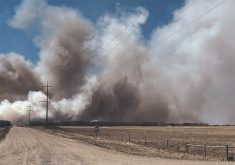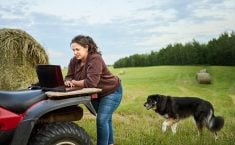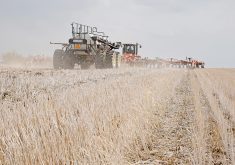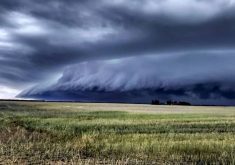At the end of June 2023, 83 percent of the prairie region was classified as abnormally dry or in moderate drought, including 90 percent of the region’s agricultural landscape.
With no end in sight to higher-than-normal temperatures, farmers and ranchers are encouraged to look into risk management options.
Livestock producers are concerned with water supplies drying up and with limited access to water, ranchers are being forced to move cattle around to keep them fed and hydrated.
Some ranchers will have to sell portions of their herds or ship in hay and feed, which may be costly.
Read Also
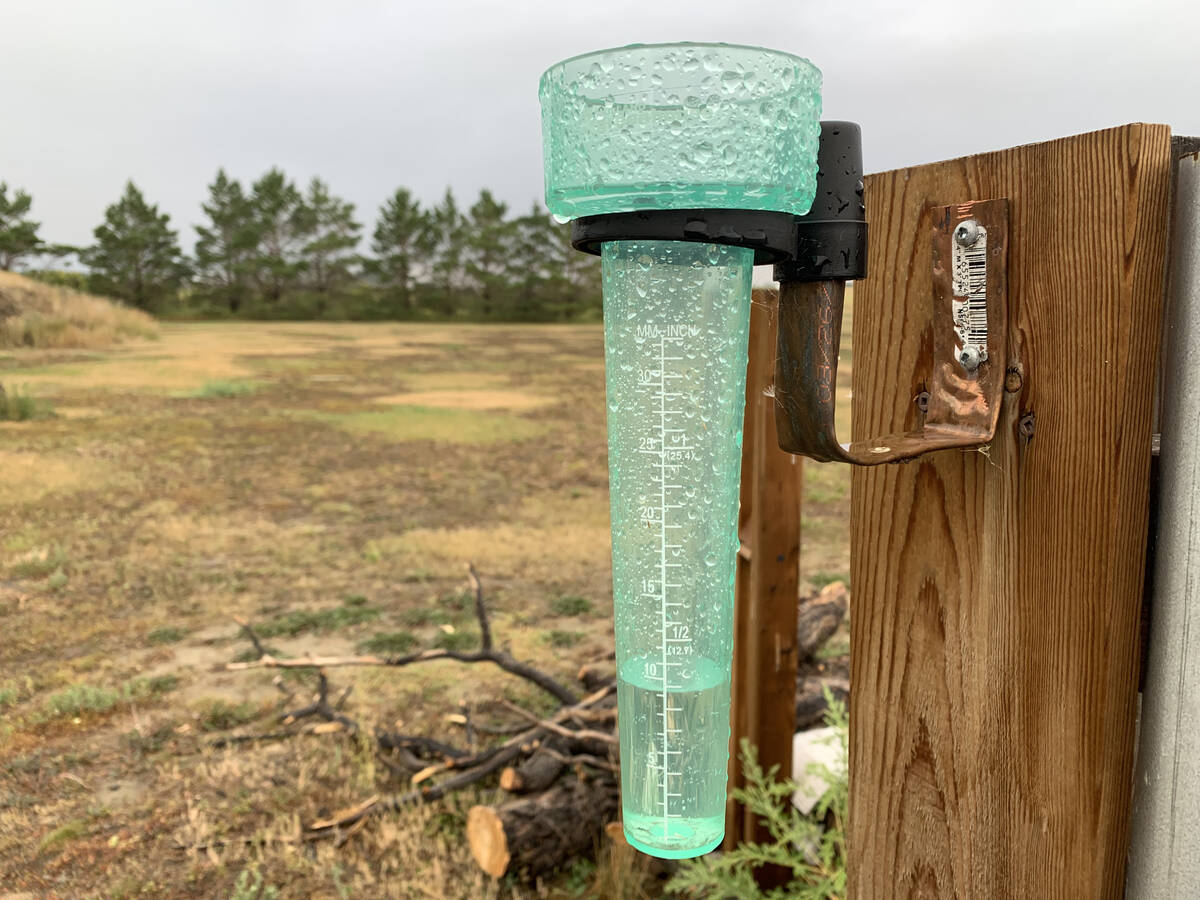
Southeastern Prairies get drought relief in September
September drought monitor from Agriculture and Agri-food Canada shows welcomed precipitation in coastal B.C. and southeastern prairies
The livestock tax deferral provision is a program developed to help livestock producers who have to sell part of their herd because of drought keep more money in their pockets to help replenish herds later.
Qualifications for this program include:
- Your ranch must be in a designated drought zone.
- Your breeding herd must have been reduced by at least 15 percent because of drought.
Drought zones are chosen by the federal ministers of agriculture and finance. Typically, regions are selected as drought zones when forage yields are less than 50 percent of the long-term average. Drought zones are normally announced in December, once forage yield and drought data have been gathered.
In circumstances where there is a 15 percent herd reduction, 30 percent of the net sales can be deferred.
If the herd is reduced by 30 percent or more, 90 percent of net sales can be deferred.
The percentage of net sales can be deferred to the year immediately following, unless the drought conditions persist into that year. In that case, the deferred income can be deferred until a year in which your region is no longer designated as a drought zone.
By deferring sales to future years, the current year tax liability will be reduced. The theory is that by reducing the tax liability in the year a herd is reduced, it will allow farmers to use the tax savings to help replenish the breeding herd once the drought has passed.
AgriRecovery is part of the federal-provincial-territorial business risk management (BRM) tools under the Canadian Agricultural Partnership.
AgriRecovery is a disaster relief framework intended to work together with the core BRM programs to help agricultural producers recover from natural disasters.
The focus of AgriRecovery is the extraordinary costs producers must take on to recover from disasters. Extraordinary costs are those costs that ranchers and farmers incur because they are mitigating the impacts of a disaster or are trying to resume their farming operation as quickly as possible after a disaster. Further, AgriRecovery is intended to respond in situations where producers do not have the capacity to cover the extraordinary costs, even with the assistance available from other programs.
AgriRecovery is not the first, nor the only, source of assistance when disasters occur. Where there is a need for assistance beyond what is available through the core BRM programs, AgriRecovery is intended to work with these programs to help producers recover. Because the core BRM programs will be the primary source of assistance in a disaster situation, agricultural producers are encouraged to participate in these programs. The core FPT BRM programs are AgriInsurance, AgriStability and AgriInvest.
If you wonder what programs or options are available to you or how these programs work, reach out to your trusted adviser who can help you with this process.
Colin Miller is a chartered accountant and partner with KPMG’s tax practice in Lethbridge. Contact: colinmiller@kpmg.ca.

